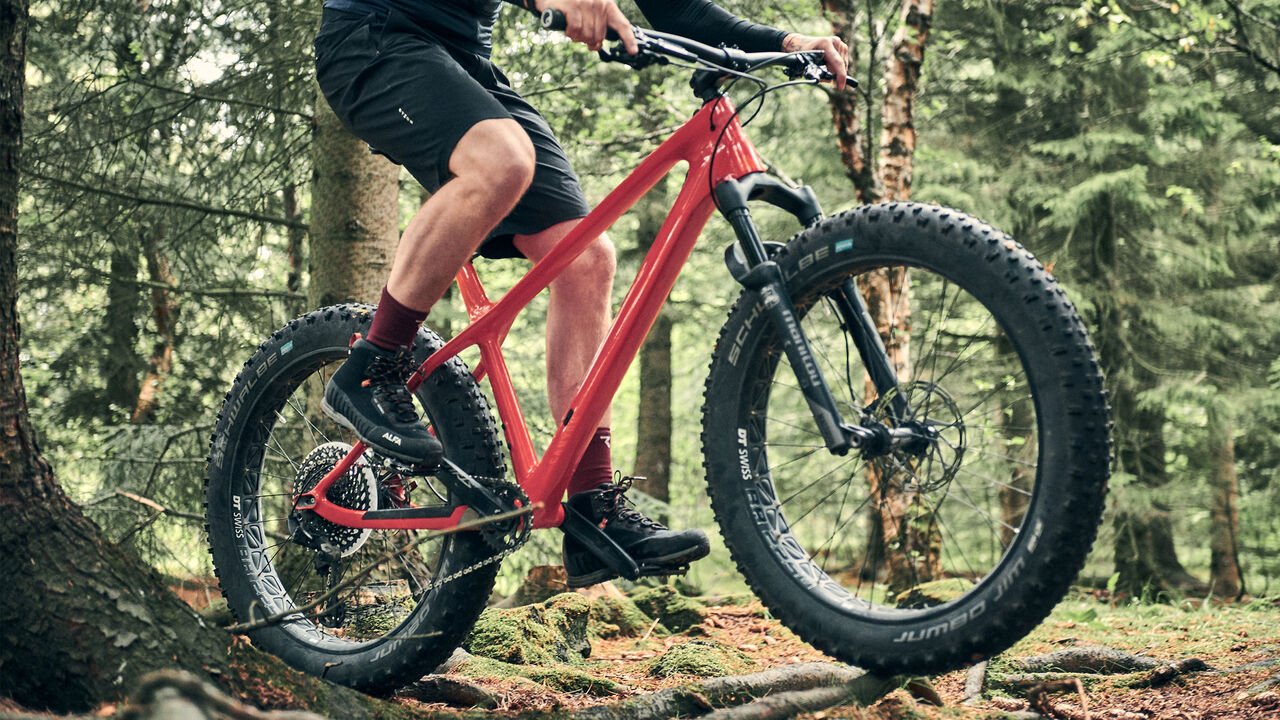They aren’t ‘fat’ they’re big boned! It doesn’t seem fair to be ‘tyre shaming’ the new guys on the block. Why don’t we get to know them first, they might be really nice and fun?
Looking for some of the best fat bike for bikepacking?
What is a Fat Bike?
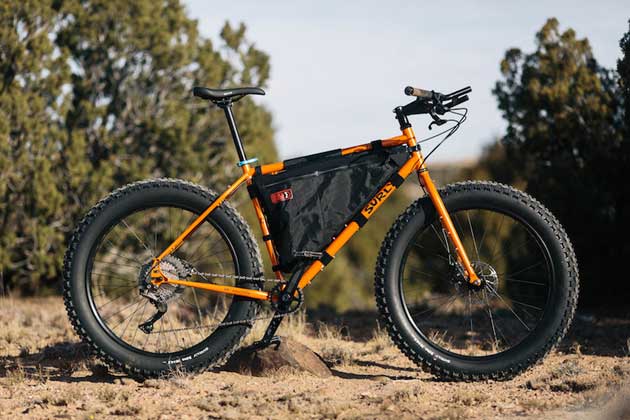
They are the 4x4s of the bike world. Their ‘Fatness’ is in relation to their tyre size. These bikes have little 26” wheels with huge 4” – 5” tyres on them and the rims are a whopping 100 mm wide. This is about 4-5 times wider than usual mountain bike rims. The Fat Bike frames are then wider to accommodate their tyres. The wheel hubs are wider and can be up to 150 mm, the forks sit wider, the wheelbase is longer and even the bottom bracket is wider. Due to the cushioning you get from the big tyres most models are hardtail or rigid but you can get full suspension frames. If you are riding in sandy or salty environments you probably don’t want the extra maintenance of the suspension so most people opt for rigid here. Those big tyres are only filled between 5-15 PSI so they soak up all the bumps.
Why are they so fat?
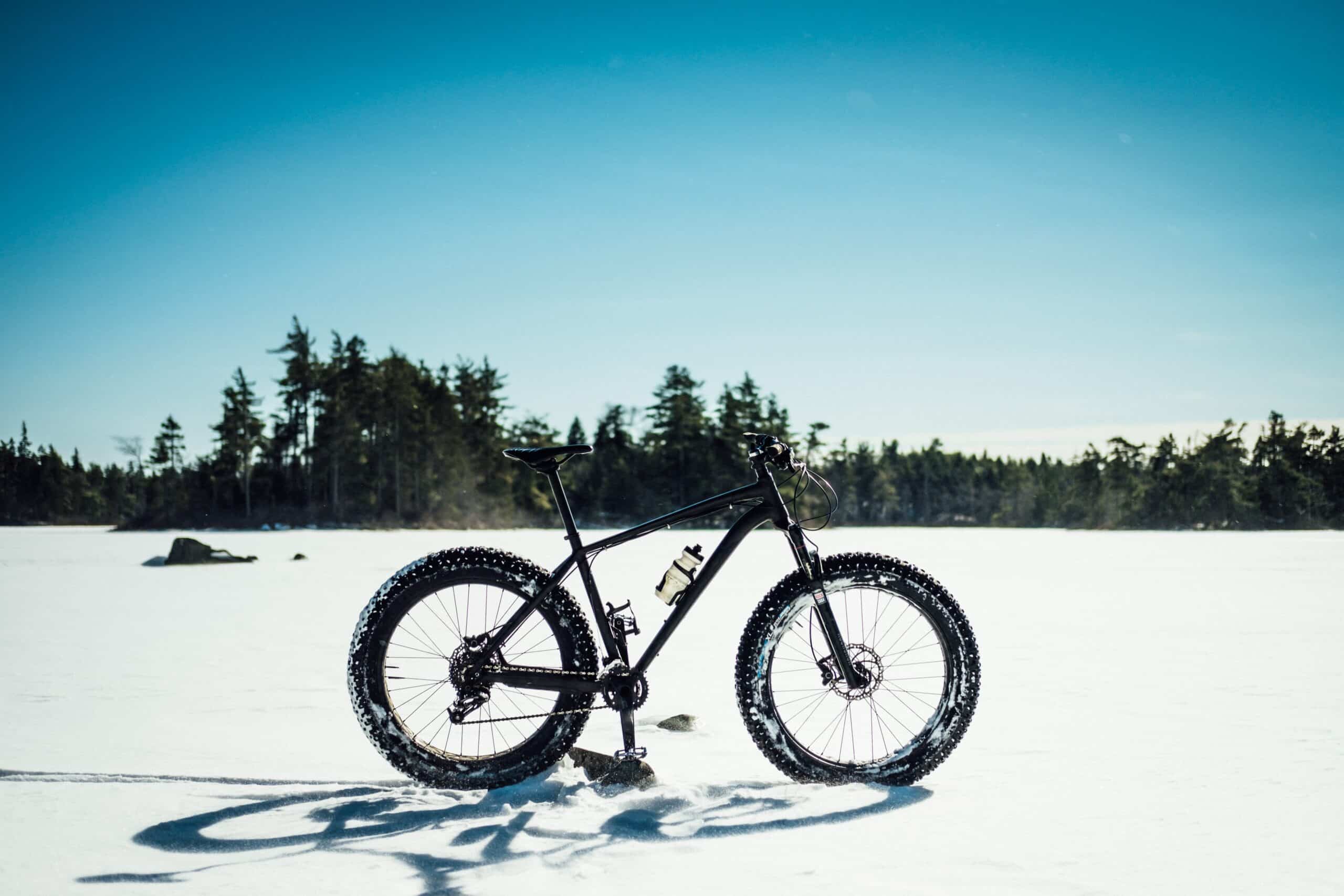
Fat Bikes were originally designed for use over the Sahara desert but they are more commonly used on snow. Fat Tyre Bikes excel on snow, sand, extreme mud and gravel. Their thick tyres give a large surface area to stop the bike sinking in such conditions. The wider tyres give extra traction to grip to slippery and sandy surfaces meaning you can have more confidence where a normal mountain bike would slip and struggle. You can throw anything at these bikes and they will trample it!
Can they be used like a normal bike?
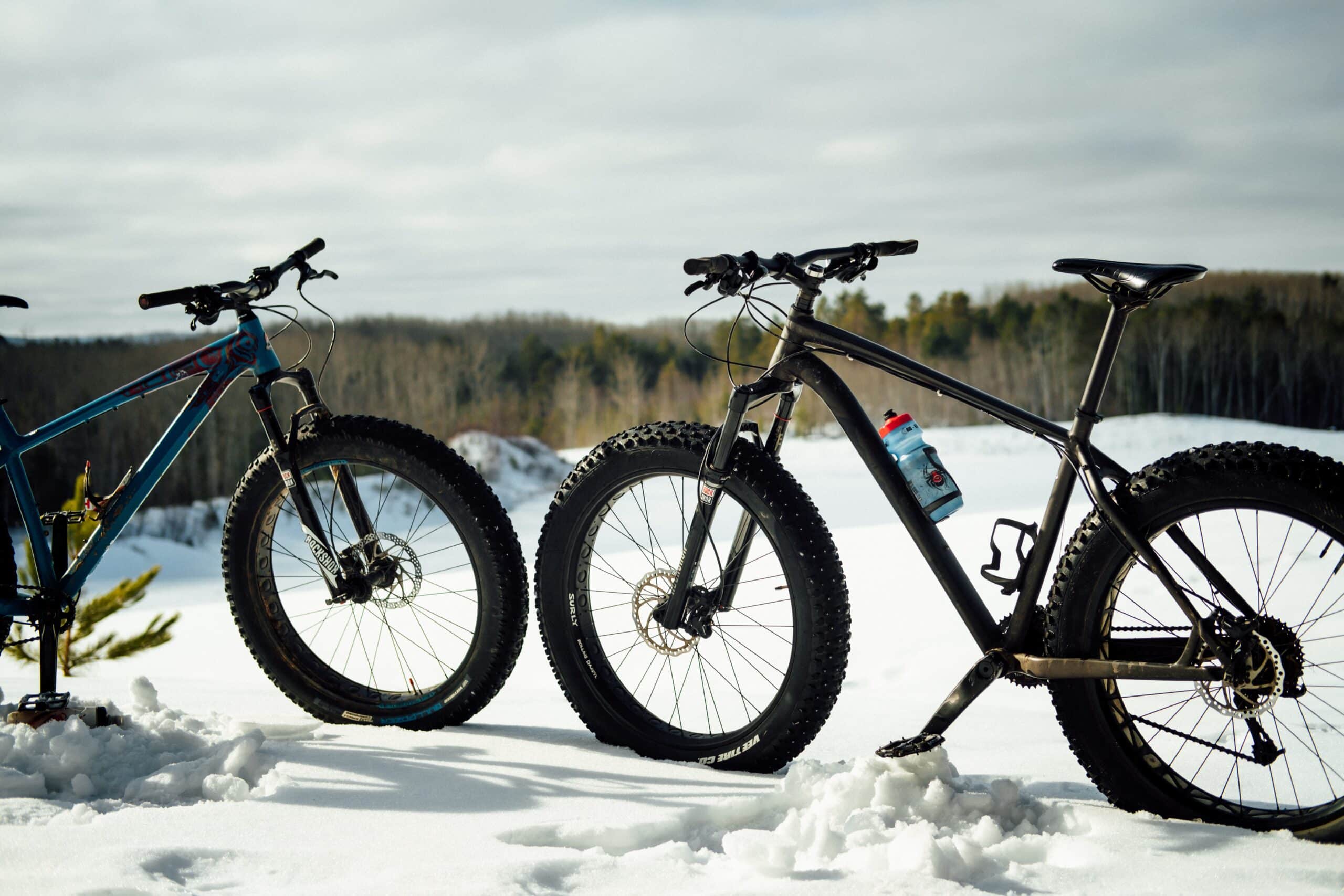
As they are designed to float over snow and sand, this is where they thrive. They can, of course, be taken on trails and their wheels may even give you a bit more stability around the corners. However, those heavy rims and tyres make setting off and slowing down a bit more difficult. Equally, if you take them on smooth surfaces they will stick to the floor and are a bit harder to ride, this doesn’t mean you can’t though. Some people actually find this a lot of fun and it burns more energy for those using cycling for fitness.
What about bike packing or touring?
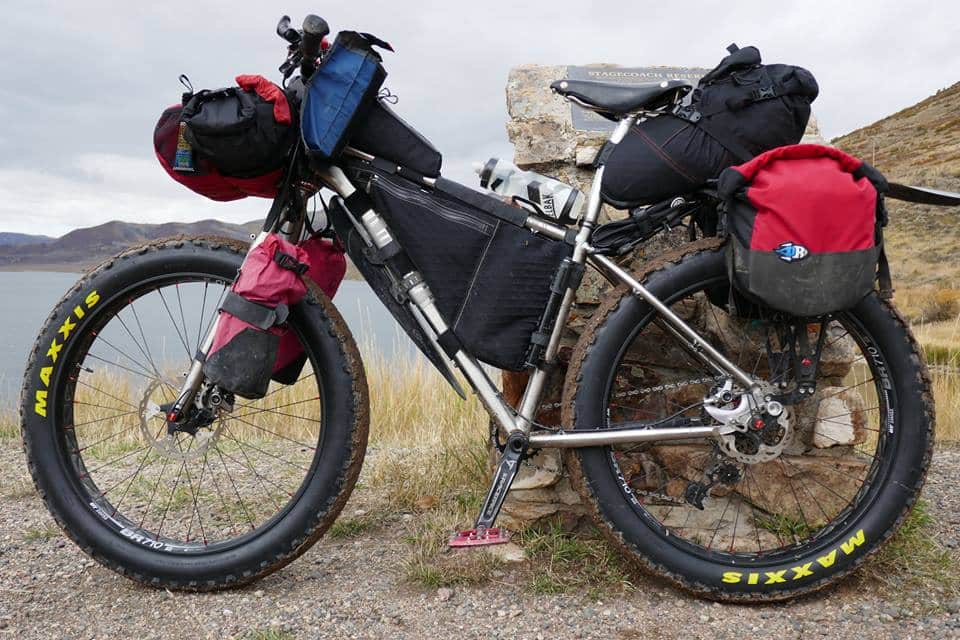
There is a growing community of people using fat bikes for bikepacking and touring. Due to their increased stability and low tyre pressure you can stack these bikes up and they won’t puncture under the load. They can fit slightly smaller ‘plus size’ tyres to make them easier to ride on smoother surfaces but still fit the frame. The ‘plus size’ tyres still absorb bumps and provide a decent level of dampening for the rocky journeys but won’t hold you back as much as the fat tyres when you’re on the flat.
Why wouldn’t I just get a Mountain Bike?

Mountain bikes are great for speedy, rocky and undulating rides but won’t be able to handle the truly wet, snowy or sandy terrains. So if you’re not planning on any extreme weather, riding through a desert or down a beach you don’t NEED a Fat Bike. That isn’t to say they aren’t a lot of fun outside of those conditions!
5 reasons I should buy a Fat Bike?
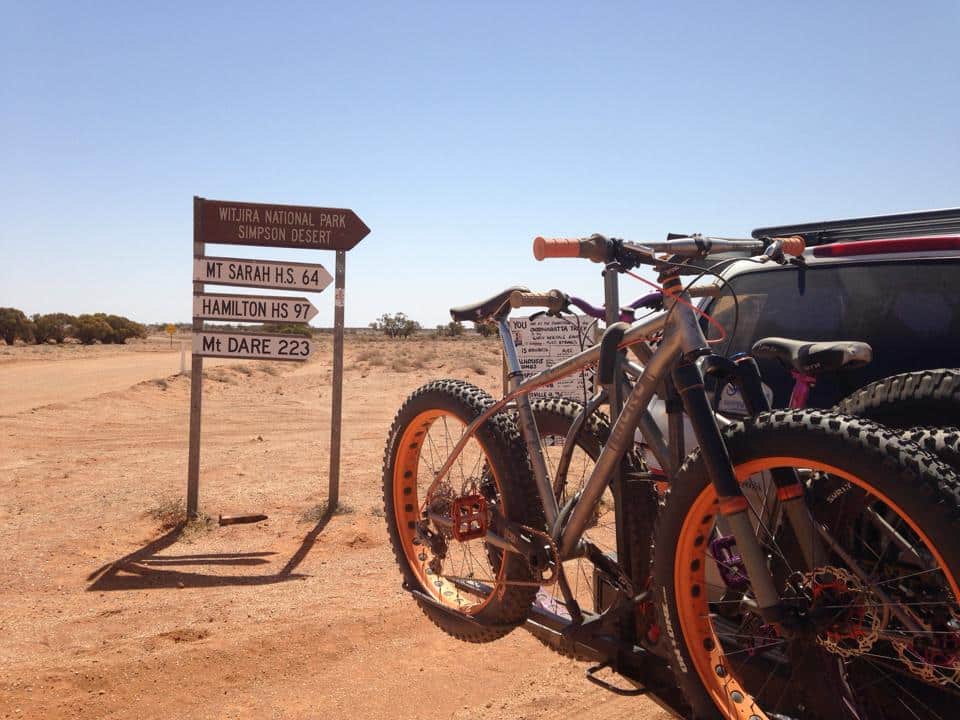
- Extreme terrain. If you’re wanting to ride on the snow or sand then these bikes can open up a whole new world. They float on top where others would sink. They grip where others would slide. They jump where others would fall.
- Not even that extreme terrain. Fat Bikes also thrive on gravel or sandy paths where skinny tyres would struggle. If you’re into adventuring not commuting then Fat Bikes could transform this for you. This makes them perfect bikepacking or touring partners when you’re going off road.
- Stability. Fat tyres, wide wheel base and high head angle means you’re not going anywhere. Some heavier riders or riders with lots of luggage say they prefer the fatter tyres for a feeling of stability too.
- Comfortable. Those fat tyres are absorbing all the bumps and vibrations so your body isn’t. They act like in-built suspension. So if you’re prone to back pain then the tyres could help.
- They’re fun! You will hear the whole Fat Bike community say this. What more do you want than fun?
5 reasons I shouldn’t get a Fat Bike
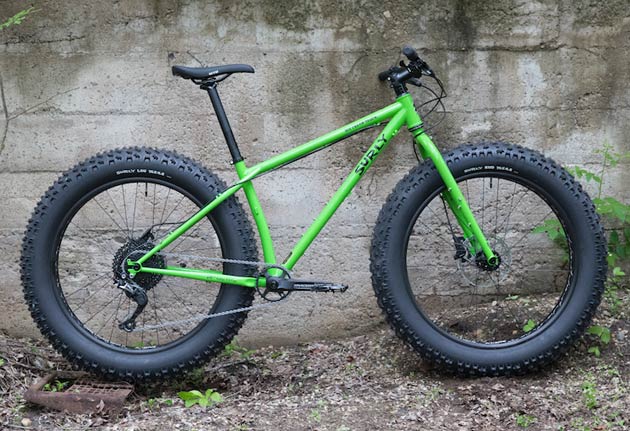
- Difficult to ride. In the most part they aren’t, but pushing off at traffic lights or riding uphill you can really feel the weight and tyres grip. If you’ve taken it to some downhill or undulating trails you may also find it more difficult to stop or check your speed due to the mass of the tyres.
- Speed. As you would expect, they don’t look like they’re made for speed. Well, they would obviously win over their preferred terrain but on the flat and smooth or uphill climbs they stick to the road and this can be frustrating.
- They are heavy. In general Fat Bikes are heavier than skinnier tyre bikes. That being said, you can still find ‘carbon everything’ for a fat bike and these models can be as light as a normal bike. This added weight can be a blessing if you’re a sucker for punishment or a curse if you already struggle up the hills.
- Expensive. You’re looking at $1500 for a low end Fat Bike from an actual bike shop that will perform as you want it to. For some people that will be expensive and some will think that’s cheap. Anything cheaper won’t be able to take you on the proper adventures and might just be for looking ‘cool’ on the streets.
- You’re not cool. Let’s be honest with ourselves here, they look insane. When you ride them you feel like you’re in a monster truck and you could trample over anything! If that’s not you and you want to sit quietly on the dry country roads then this bike isn’t for you.
So we have explored what fat bikes are and what they have to offer. To summarise, if you’re after a next level adventure through some tough terrain then a Fat Bike could take you on it. You just need to make sure you’ve got the budget to get one and don’t mind being overtaken by skinny bike riders on the roads.
